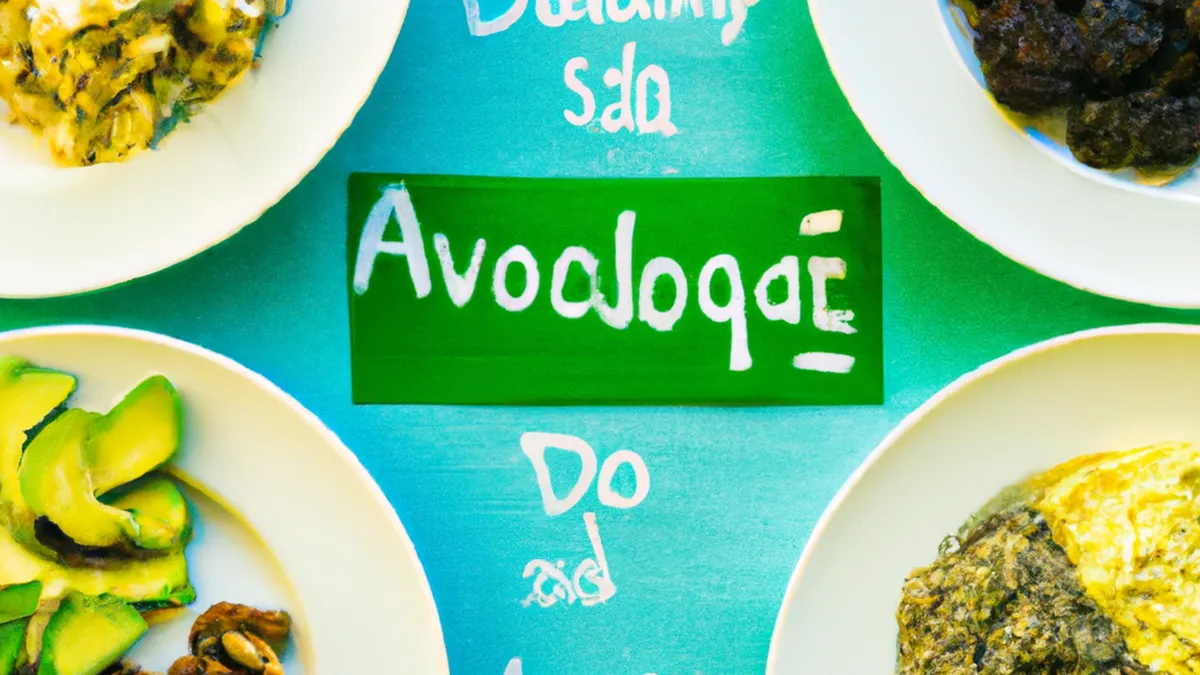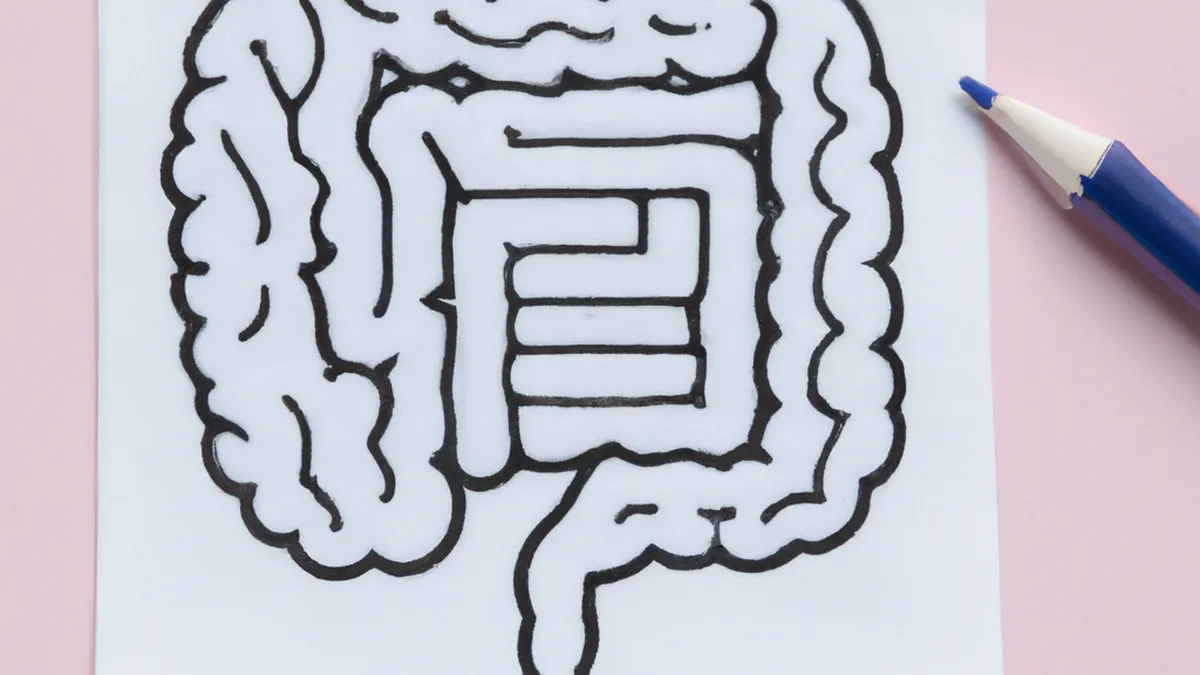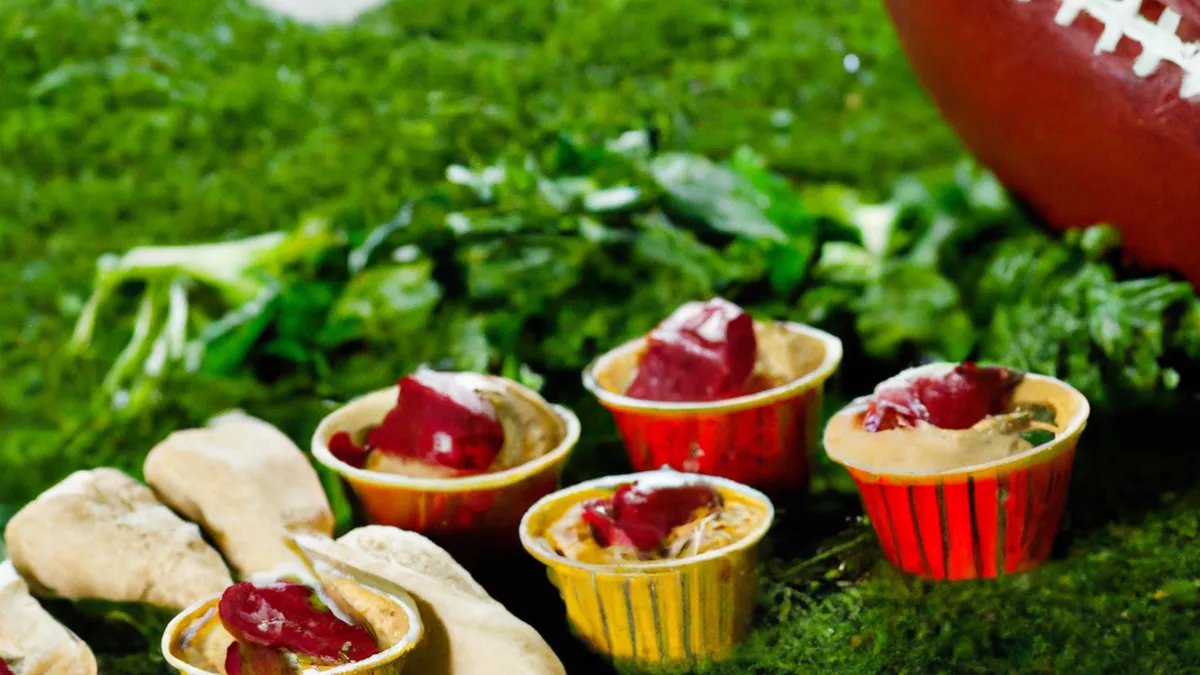Improve Nutrient Uptake in Plant-Based Meals
Cooking Techniques for Maximizing Nutrient Absorption in Vegan Meals
As an Amazon Associate I earn from qualifying purchases.
Gear tip: consider carb gels, protein bars and soft flask to support this workout.
A vegan diet offers many health benefits, such as lower chronic disease risks and improved heart health. To fully enjoy these benefits, focus on nutrient absorption—how your body uses nutrients from food. Various cooking techniques influence the bioavailability of vitamins and minerals in vegan meals. In this post, we explore strategies to enhance nutrient absorption in vegan dishes.
Understanding Nutrient Absorption
Nutrient absorption occurs when the body takes in essential compounds from food. Vegans must understand how cooking methods impact this process. Cooking can increase bioavailability for some nutrients while diminishing others.
The Role of Cooking in Nutrient Absorption
Cooking changes food structure, enhancing or inhibiting nutrient availability. For example, raw vegetables may retain vitamin C, while cooking breaks down tough cell walls. This process makes beta-carotene in carrots and lycopene in tomatoes more accessible. Balancing raw and cooked foods supports a nutrient-rich diet.
Tips for Cooking Vegan Meals
Using the right cooking techniques can improve your vegan meal’s nutrient content. Here are effective strategies to maximize nutrient absorption:
1. Steaming Over Boiling
Steaming vegetables preserves their nutrients better than boiling. Boiling often leaches water-soluble vitamins like vitamin C into cooking water. Steaming cooks food quickly while retaining nutrients. For example, steaming broccoli for a few minutes maintains its color and nutrient density, allowing you to enjoy its health benefits.
2. Use Healthy Fats
Healthy fats enhance the absorption of fat-soluble vitamins A, D, E, and K. Avocados, nuts, and olive oil provide excellent sources of healthy fats. Drizzle olive oil over steamed vegetables or add nuts to salads for a nutrient boost. This simple addition significantly improves how your body utilizes nutrients.
3. Soaking and Sprouting
Soaking beans, grains, and seeds reduces anti-nutrients like phytic acid, which inhibit mineral absorption. Soaking these foods overnight also breaks down complex carbohydrates, making them easier to digest. Sprouting germinates seeds, enhancing their nutrient density and bioavailability. Incorporate sprouted lentils or chickpeas into salads and dishes for extra nutrition.
Advice on Food Pairing
Pairing foods wisely can enhance nutrient absorption.
Conclusion
Incorporating these cooking techniques maximizes nutrient absorption in your vegan meals. Enjoy the health benefits of a well-prepared vegan diet.
Below are related products based on this post:
FAQ
What cooking method is best for preserving nutrients in vegetables?
Steaming vegetables is the best method for preserving their nutrients compared to boiling. Boiling can leach water-soluble vitamins like vitamin C into the cooking water, while steaming retains the color and nutrient density of the vegetables, allowing you to enjoy their health benefits.
How can healthy fats improve nutrient absorption in a vegan diet?
Healthy fats enhance the absorption of fat-soluble vitamins A, D, E, and K. Incorporating sources of healthy fats, such as avocados, nuts, and olive oil, into your meals can significantly improve how your body utilizes these essential nutrients.
What is the benefit of soaking and sprouting beans and grains?
Soaking beans, grains, and seeds reduces anti-nutrients like phytic acid, which inhibit mineral absorption. Additionally, soaking breaks down complex carbohydrates, making these foods easier to digest. Sprouting further enhances their nutrient density and bioavailability, providing extra nutrition when added to salads and dishes.















Post Comment